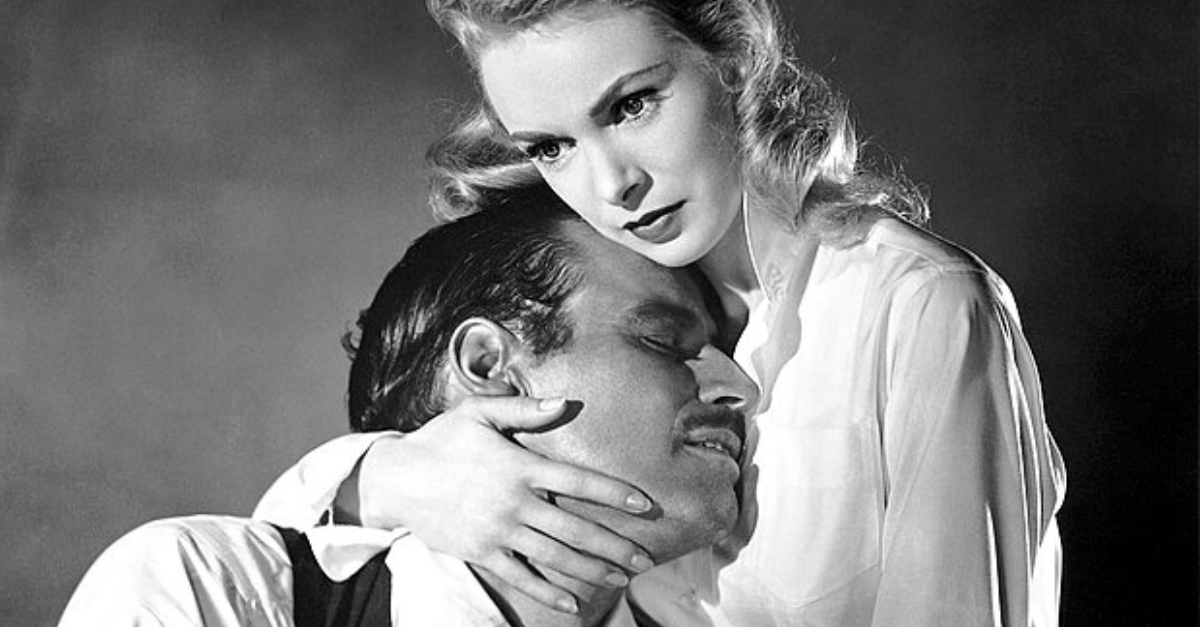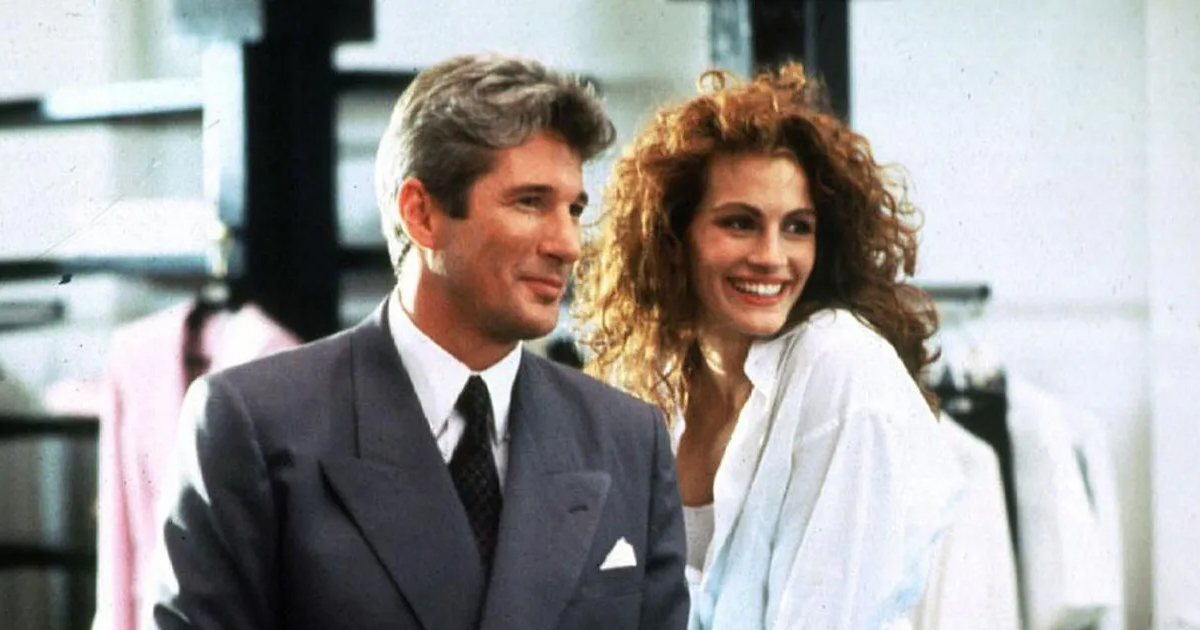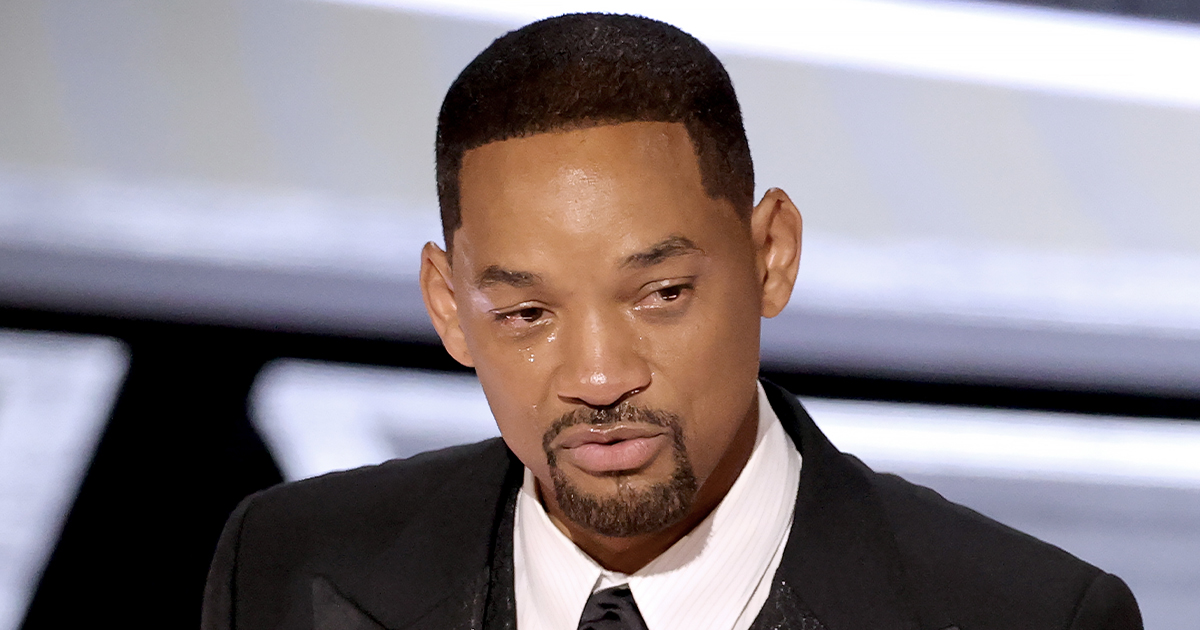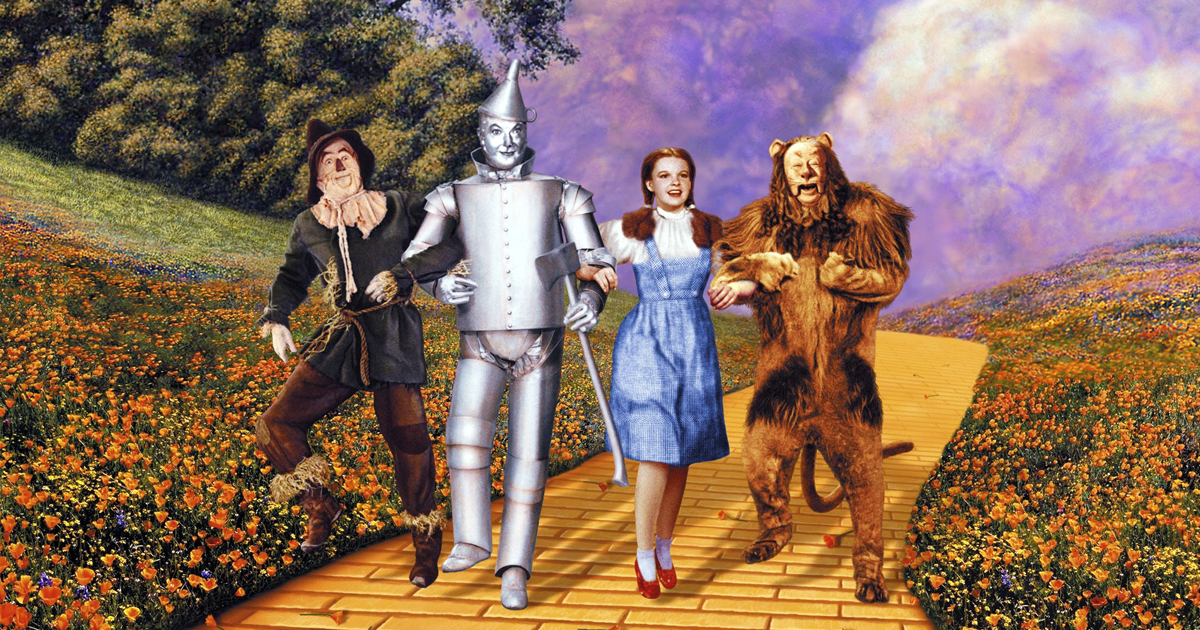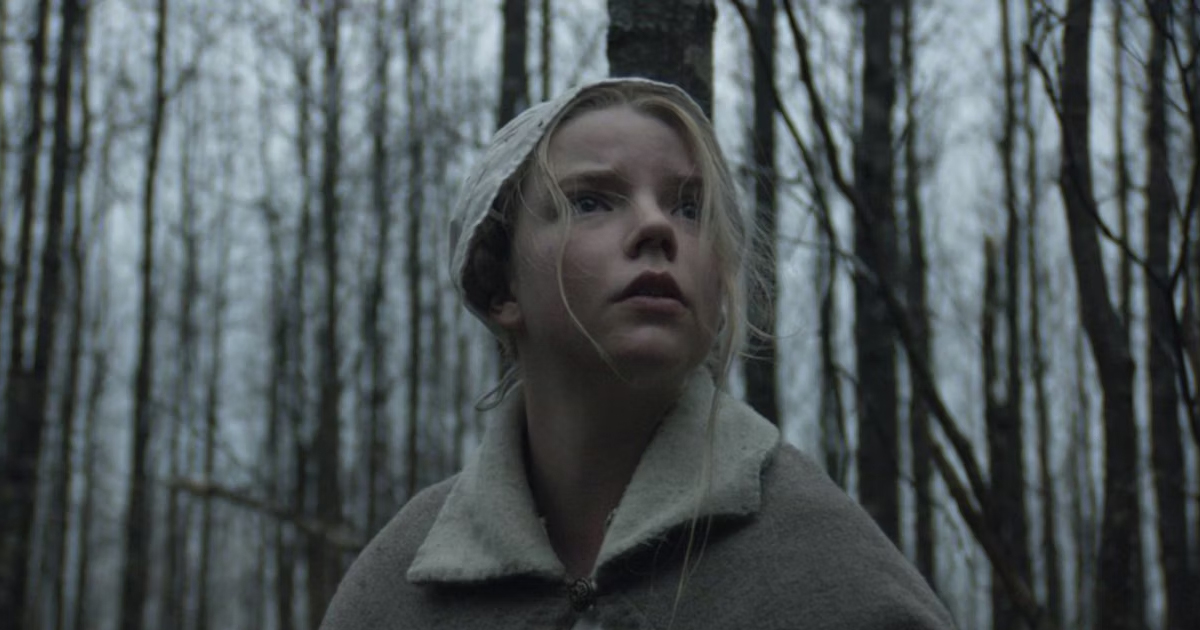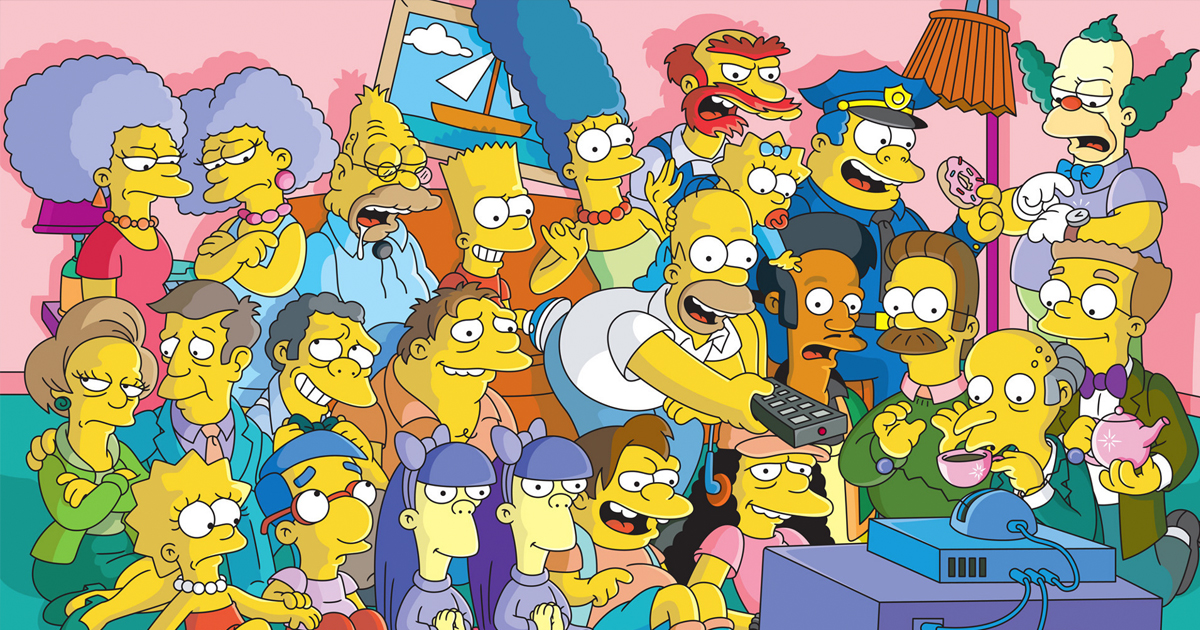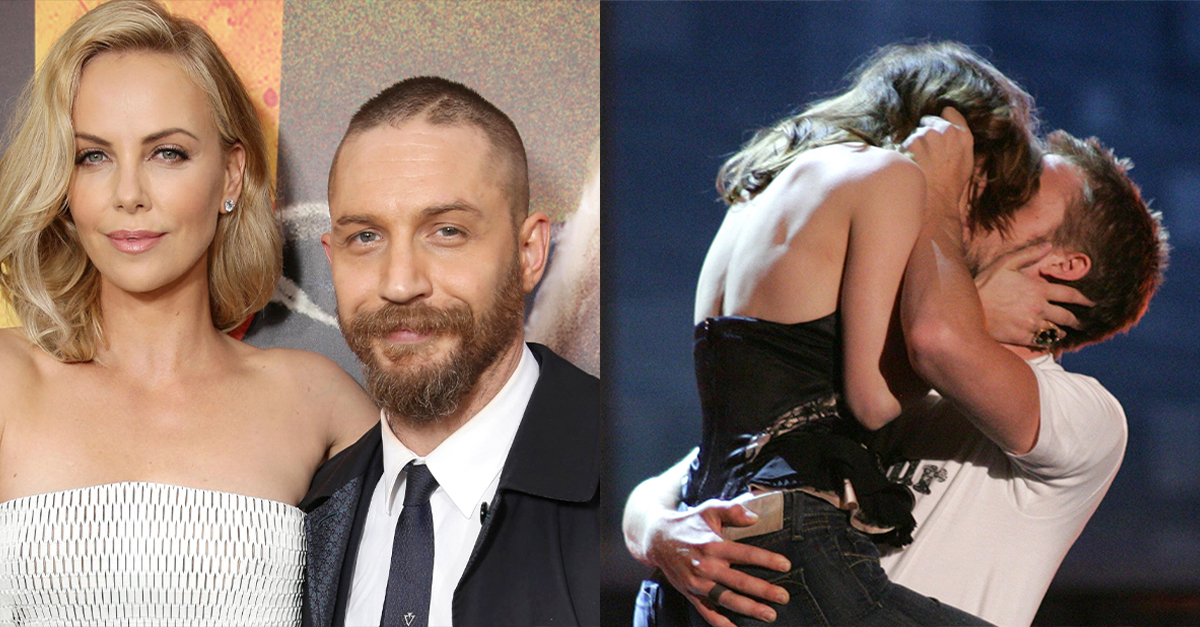When Cutting Room Floors Fight Back
Director’s cuts are usually marketed as the “true vision” of the filmmaker—longer, bolder, and often stuffed with scenes executives deemed too weird for audiences. Sometimes they rescue a movie’s reputation, and other times they just make you wonder what the director was thinking after pulling an all-nighter in the editing bay. Either way, these alternate versions have fascinated film nerds for decades.
Apocalypse Now Redux
Francis Ford Coppola decided that a nearly three-hour Vietnam fever dream wasn’t nearly enough—so he tacked on almost an hour more. Apocalypse Now Redux includes French plantation scenes, additional madness from Colonel Kurtz, and surreal stretches that make the jungle feel even more otherworldly. It’s hypnotic, but also a test of endurance for anyone without a coffee IV drip.
 Miramax Films, Apocalypse Now Redux (2001)
Miramax Films, Apocalypse Now Redux (2001)
Blade Runner: The Final Cut
Ridley Scott’s sci-fi masterpiece has more cuts than a butcher’s counter, but The Final Cut is the one he actually supervised. Out went the awkward narration and in came unicorn dreams, darker violence, and ambiguity about whether Deckard is human. Fans loved the mystery, but the studio probably wished they’d never meddled in the first place.
 Warner Bros. Pictures, Blade Runner: The Final Cut (2007)
Warner Bros. Pictures, Blade Runner: The Final Cut (2007)
Brazil
Terry Gilliam’s dystopian satire was butchered by Universal, who wanted a “happy ending”. His director’s cut restores the nightmarish finale where fantasy collapses into brutal reality. It’s brilliant, but also bleak enough to make you question why you ever thought bureaucracy was just boring.
 Universal Pictures, Brazil (1985)
Universal Pictures, Brazil (1985)
Donnie Darko: Director’s Cut
The original film already left audiences scratching their heads, but the director’s cut doubles down on cryptic explanations. With added pseudo-scientific text about time travel and fate, it answers questions nobody asked—while raising about twenty more. For some, it enriches the mystery; for others, it’s like sitting through a philosophy lecture at two am.
 Newmarket Films, Donnie Darko: Director’s Cut (2004)
Newmarket Films, Donnie Darko: Director’s Cut (2004)
Dune (1984) Extended Cut
David Lynch famously disowned this TV edit, which slaps on a bizarre narrator and extra exposition. While it fills in gaps, it also turns his already-confusing space opera into something even stranger. Lynch himself had his name replaced with the pseudonym “Alan Smithee”—a cinematic walk of shame.
 Universal Pictures, Dune Extended Cut (1984)
Universal Pictures, Dune Extended Cut (1984)
Watchmen: Ultimate Cut
Zack Snyder’s film already ran long, but this version splices in an animated story-within-a-story, Tales of the Black Freighter. The result is a hulking four-hour beast that only the most dedicated fans will endure. Still, it captures more of Alan Moore’s dense comic than most thought possible—just maybe not in one sitting.
 Warner Bros. Pictures, Watchmen: Ultimate Cut (2009)
Warner Bros. Pictures, Watchmen: Ultimate Cut (2009)
Kingdom of Heaven: Director’s Cut
Ridley Scott strikes again, turning a mediocre crusades epic into a sprawling, coherent historical drama. The cut adds characters, political intrigue, and heft to Orlando Bloom’s journey. It’s not exactly “fun,” but it makes you wonder why studios keep underestimating audiences’ attention spans.
 20th Century Fox, Kingdom of Heaven: Director’s Cut (2005)
20th Century Fox, Kingdom of Heaven: Director’s Cut (2005)
The Abyss: Special Edition
James Cameron’s underwater sci-fi got chopped down before release, losing entire storylines about aliens manipulating global politics. The restored cut adds back trippy special effects and Cold War paranoia, giving the film an eerie new weight. Suddenly, it’s less a love story in a wetsuit and more a cosmic warning.
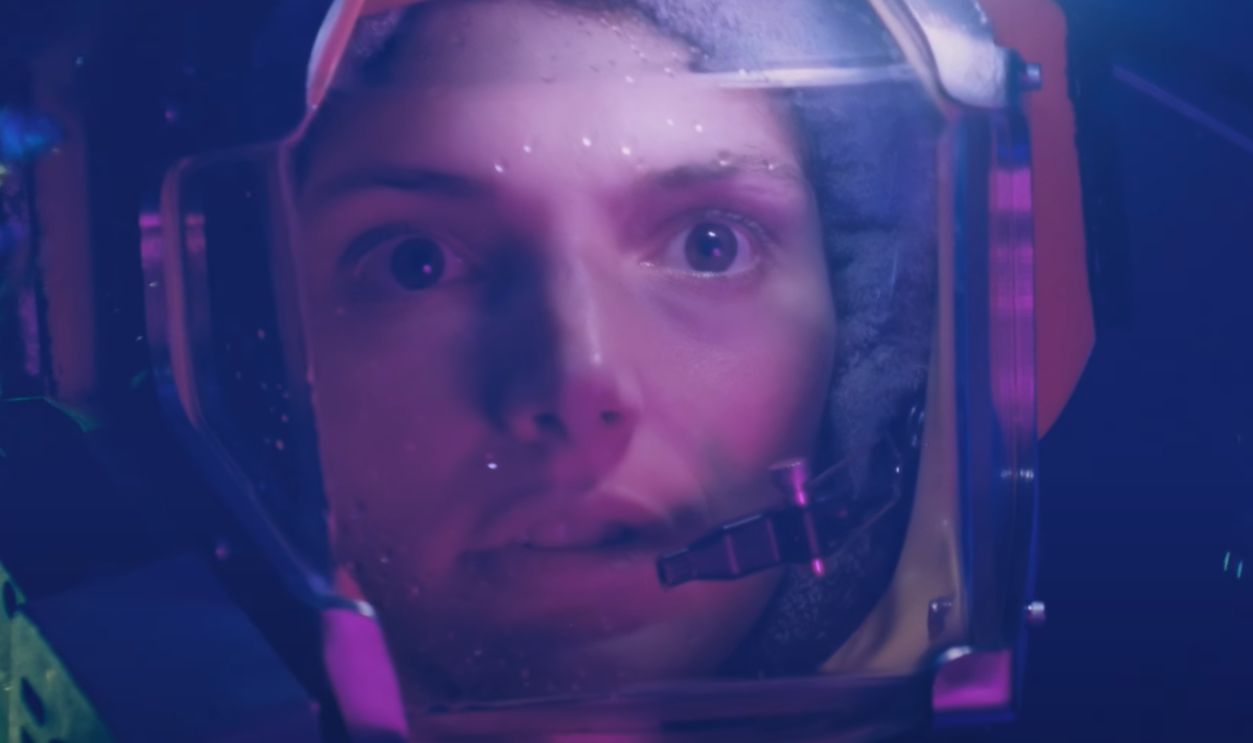 20th Century Fox, The Abyss: Special Edition (1989)
20th Century Fox, The Abyss: Special Edition (1989)
Aliens: Special Edition
Cameron couldn’t resist fiddling here either, and the results are surprisingly satisfying. This cut restores the subplot about Ripley’s lost daughter, adding heartbreaking depth to her bond with Newt. More xenomorph action doesn’t hurt either—it’s one of the rare times “longer” really does mean “better.”
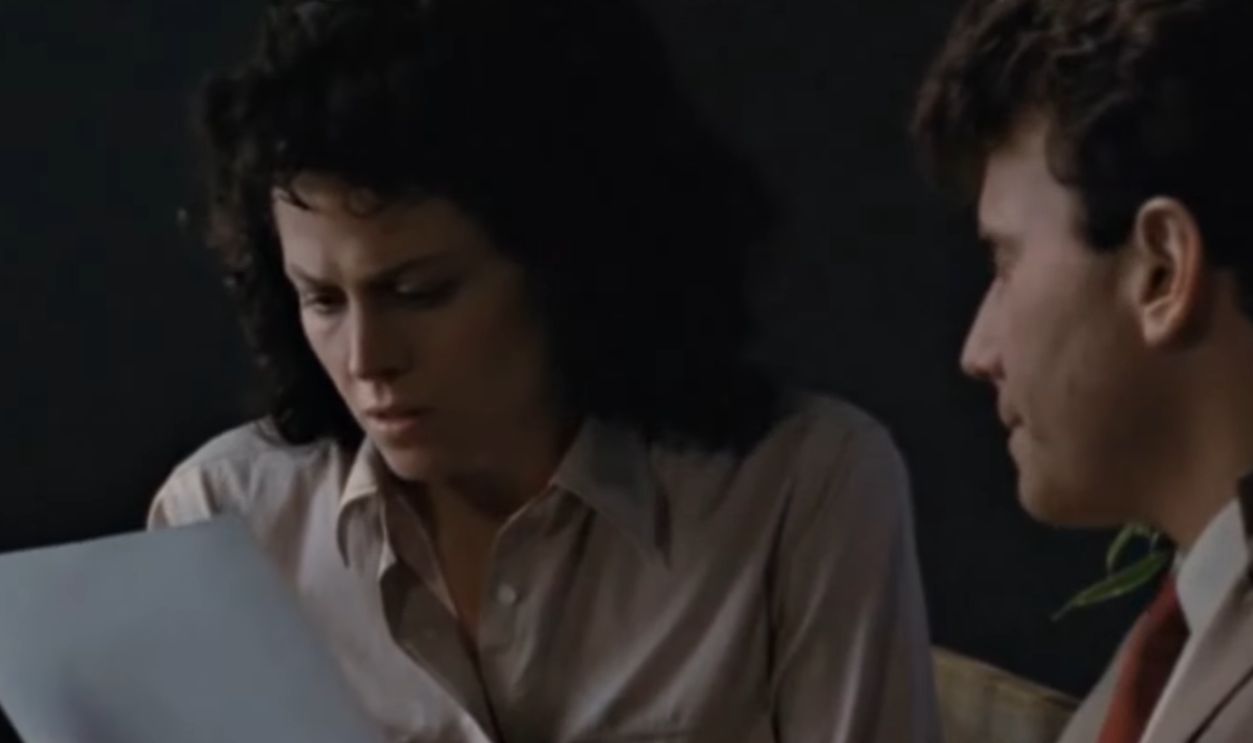 20th Century Fox, Aliens: Special Edition (1986)
20th Century Fox, Aliens: Special Edition (1986)
Amadeus: Director’s Cut
Milos Forman’s tale of Mozart’s genius gained twenty extra minutes of powdered-wig drama. The new material deepens Salieri’s jealousy and Mozart’s wild personality, though some critics argue it slows the pacing. Still, if you love wigs, symphonies, and scandal, it’s the gift that keeps giving.
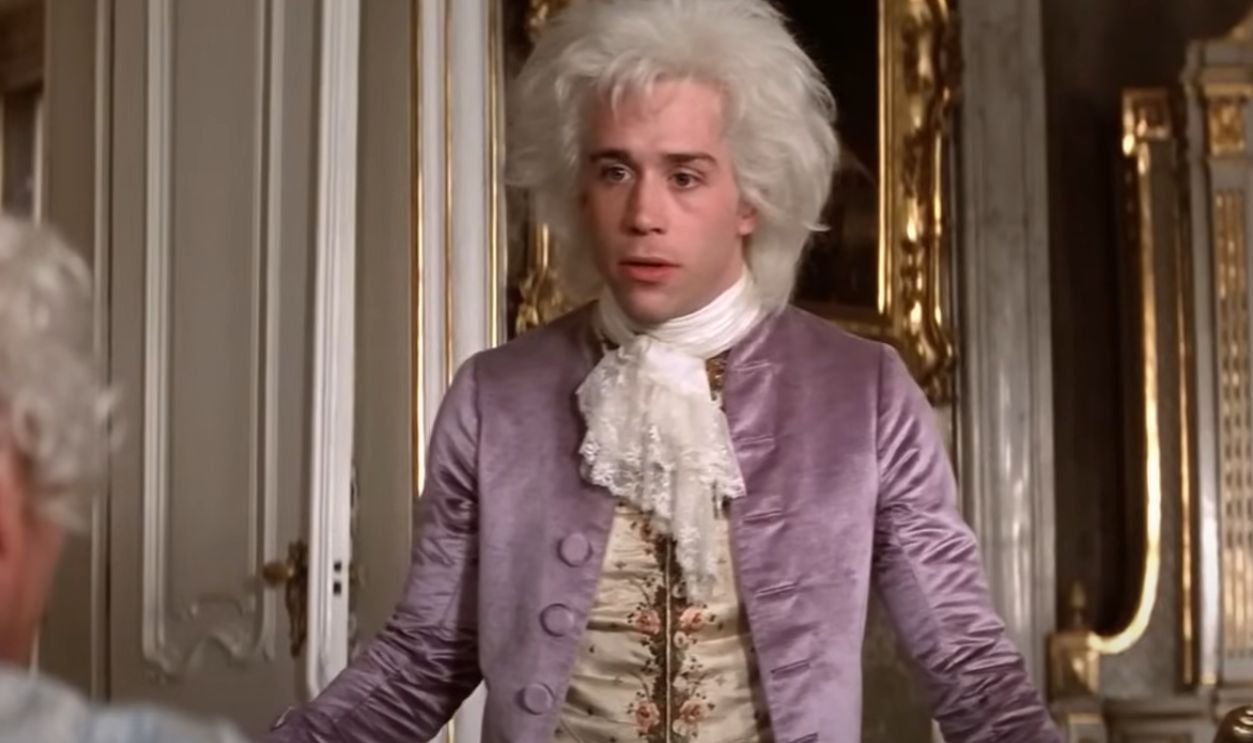 Orion Pictures, Amadeus: Director’s Cut (1984)
Orion Pictures, Amadeus: Director’s Cut (1984)
JFK: Director’s Cut
Oliver Stone didn’t exactly need more runtime, but he gave it to us anyway. The director’s cut packs in extra testimony, conspiracy threads, and a rabbit hole’s worth of speculation. By the end, you’ll feel like you’ve taken a college course titled “Advanced Paranoia 101”.
 Warner Bros., JFK: Director’s Cut (2001)
Warner Bros., JFK: Director’s Cut (2001)
Natural Born Killers: Director’s Cut
Stone again—this time with even more unhinged violence and surreal imagery. The theatrical release was already controversial, but the director’s cut ups the gore and chaos, turning satire into sensory overload. It’s shocking, disturbing, and maybe a little too gleeful about its own madness.
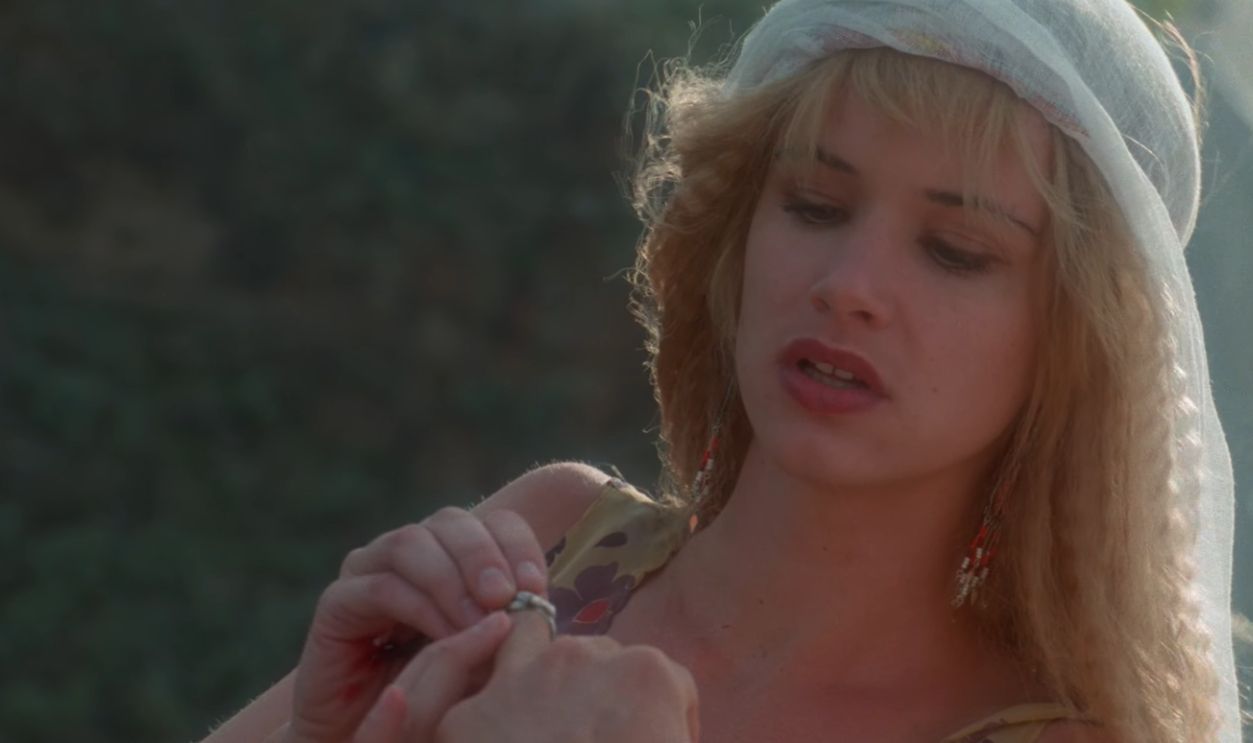 Warner Bros., Natural Born Killers: Director’s Cut (1994)
Warner Bros., Natural Born Killers: Director’s Cut (1994)
Heaven’s Gate: Director’s Cut
Michael Cimino’s infamous Western fail nearly bankrupted United Artists. His full cut—once derided as self-indulgent—is now considered a misunderstood masterpiece. Clocking in at over three hours, it’s still a beast, but at least a beautiful one.
 United Artists, Heaven’s Gate: Director’s Cut (1980)
United Artists, Heaven’s Gate: Director’s Cut (1980)
The Wild Bunch: Director’s Cut
Sam Peckinpah’s blood-soaked Western was cut down for violence, but the director’s cut restores the balletic brutality. Gunfights stretch out with operatic carnage, pushing the boundaries of what 1960s audiences could handle. Today, it feels like a prophecy of action cinema’s love affair with excess.
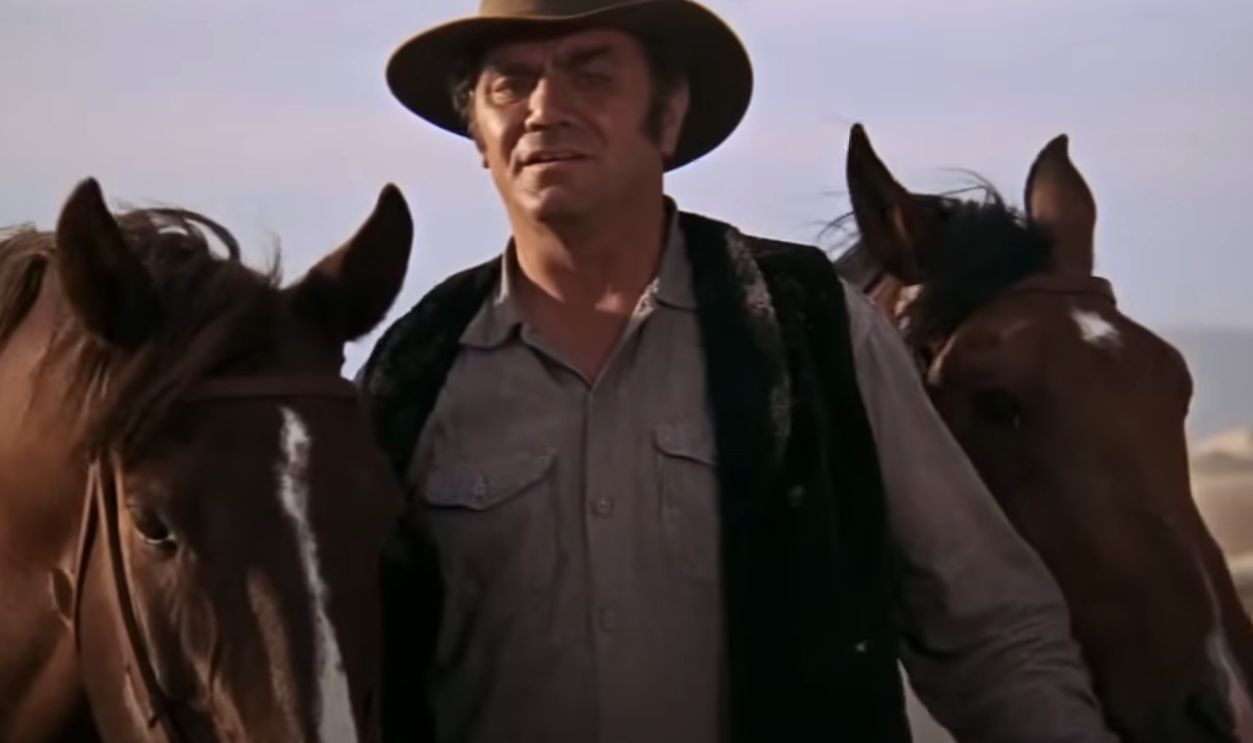 Warner Bros., The Wild Bunch (1969)
Warner Bros., The Wild Bunch (1969)
Touch of Evil: Restored Cut
Orson Welles didn’t live to see his vision realized, but editors pieced it together from his detailed notes. Gone are awkward studio choices, replaced with Welles’ moody long takes and grimy atmosphere. It’s less polished, more unsettling, and exactly what he wanted—studio executives be damned.
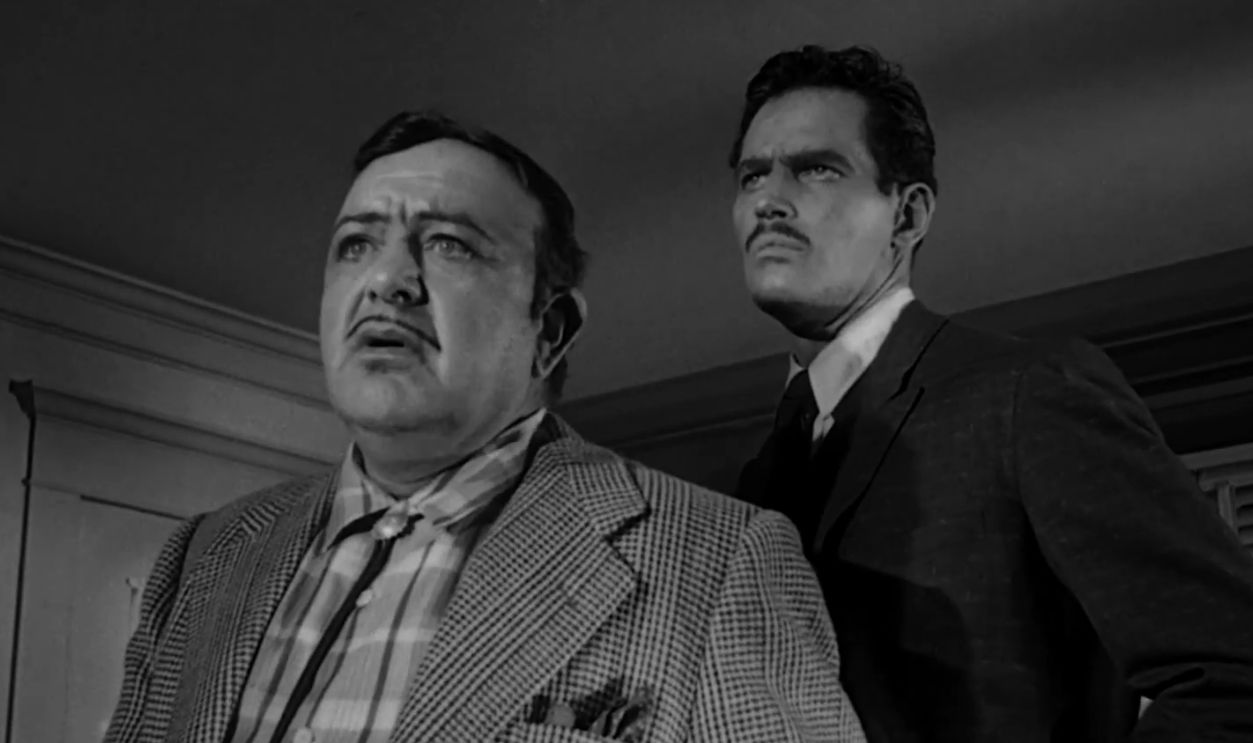 Universal Pictures, Touch of Evil: Restored Cut (1998)
Universal Pictures, Touch of Evil: Restored Cut (1998)
Terminator 2: Judgment Day Special Edition
James Cameron just can’t leave things alone. This version adds character beats, like Sarah Connor teaching Arnold’s cyborg to smile—a moment both hilarious and horrifying. It doesn’t change the plot, but it definitely changes how you look at a robot with perfect teeth.
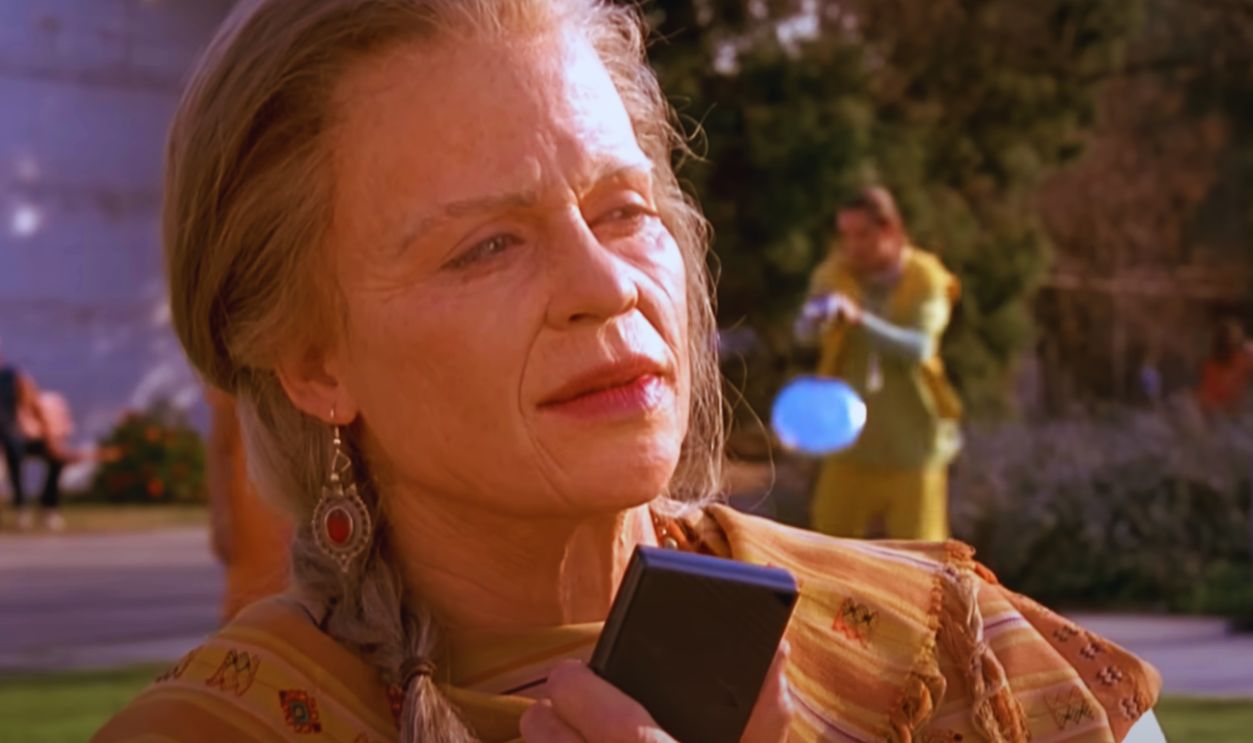 TriStar Pictures, Terminator 2: Judgment Day Special Edition (1993)
TriStar Pictures, Terminator 2: Judgment Day Special Edition (1993)
Alien 3: Assembly Cut
David Fincher disowned the theatrical release after studio interference. Years later, editors assembled his intended version from scraps, and suddenly the grim film made sense. It’s still divisive, but at least it feels like a vision instead of a compromise.
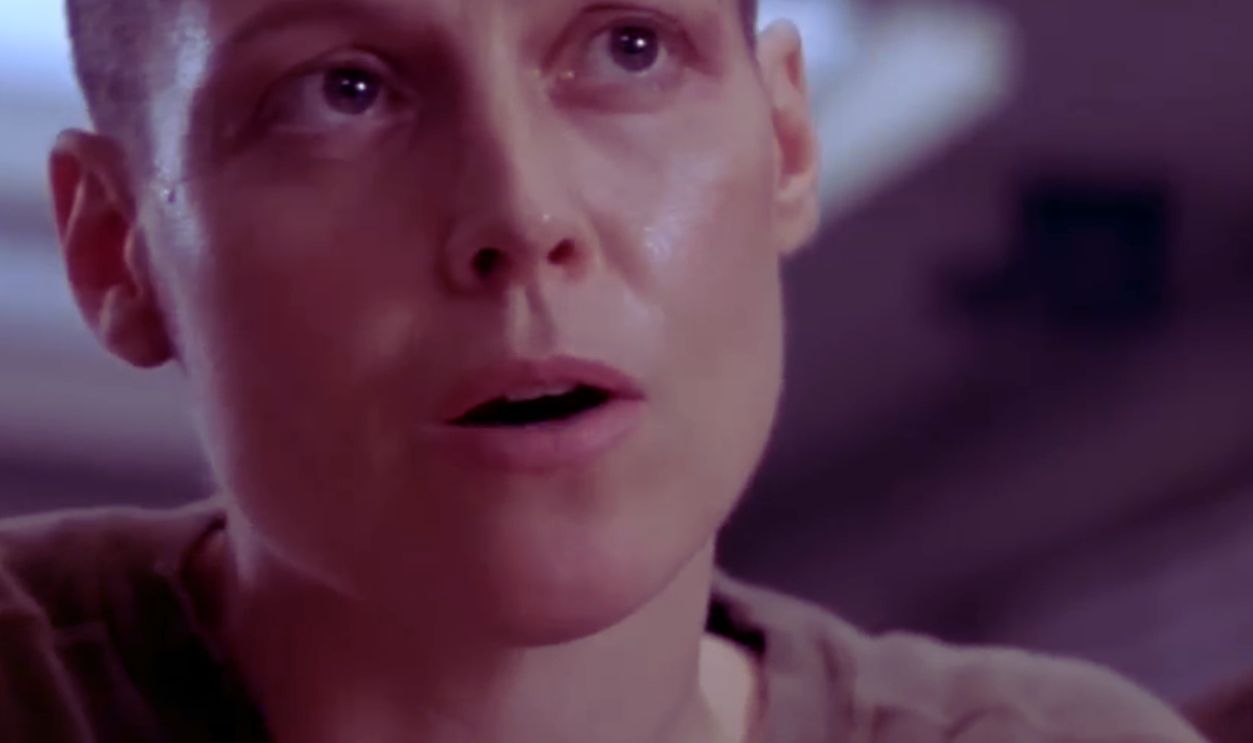 20th Century Fox, Alien 3: Assembly Cut (2003)
20th Century Fox, Alien 3: Assembly Cut (2003)
Once Upon a Time in America: Extended Cut
Sergio Leone’s sprawling gangster saga was butchered on release, leaving audiences baffled. The extended version restores nearly an hour of material, making the story flow like it was meant to. It’s epic, tragic, and proof that patience really is a virtue.
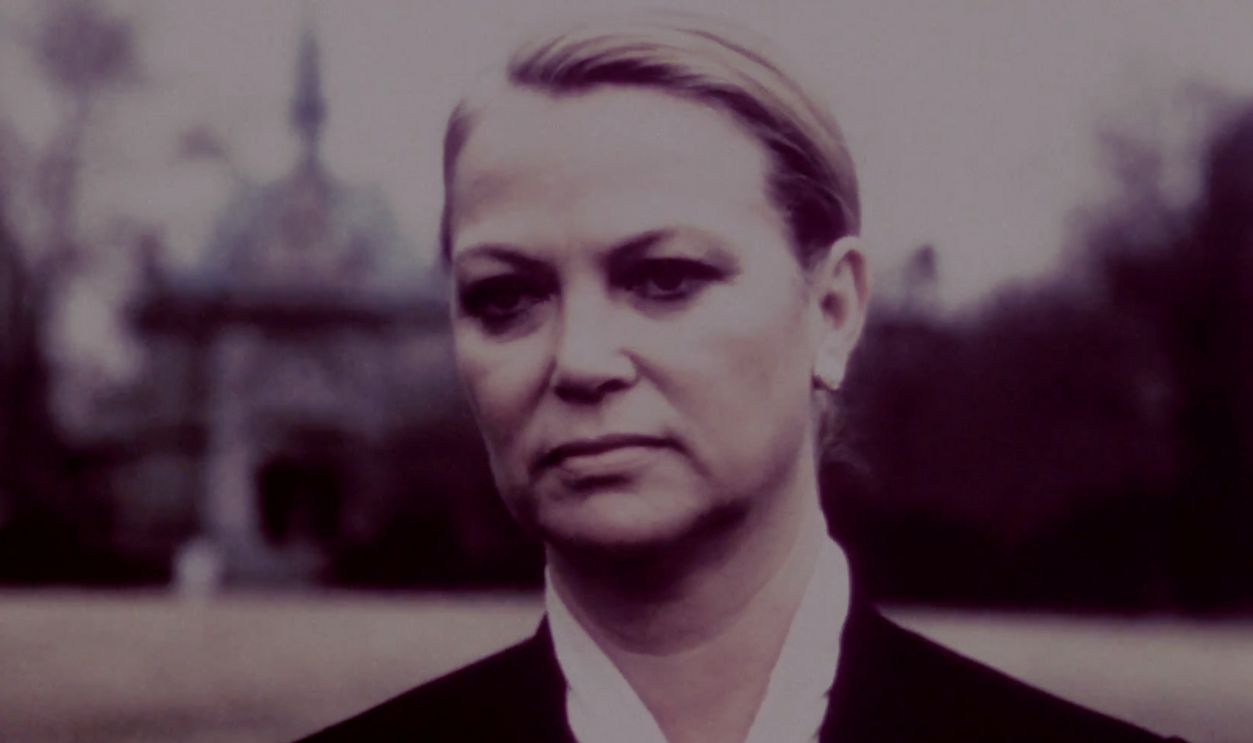 Warner Bros., Once Upon a Time in America: Extended Cut (2012)
Warner Bros., Once Upon a Time in America: Extended Cut (2012)
Doctor Sleep: Director’s Cut
Mike Flanagan’s sequel to The Shining gained almost half an hour of additional eerie character work. This version digs deeper into Danny Torrance’s trauma and the sinister cult chasing him. It’s more chilling, more emotional, and just the kind of nightmare Stephen King fans crave.
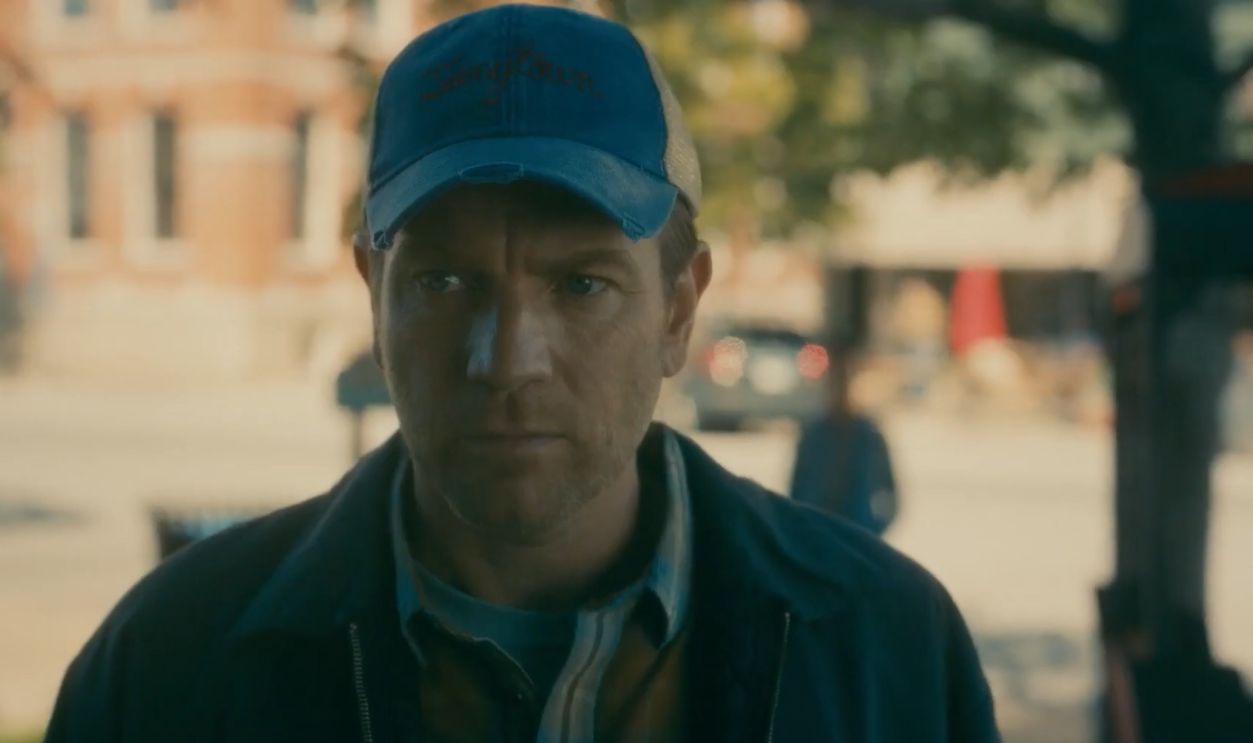 Warner Bros., Doctor Sleep: Director’s Cut (2019)
Warner Bros., Doctor Sleep: Director’s Cut (2019)
Close Encounters of the Third Kind: Special Edition
Steven Spielberg tinkered with his alien encounter tale more than once. The special edition lets audiences peek inside the spaceship—something Spielberg later regretted. Still, it adds an extra dose of wonder, and maybe a little too much information about extraterrestrial interior design.
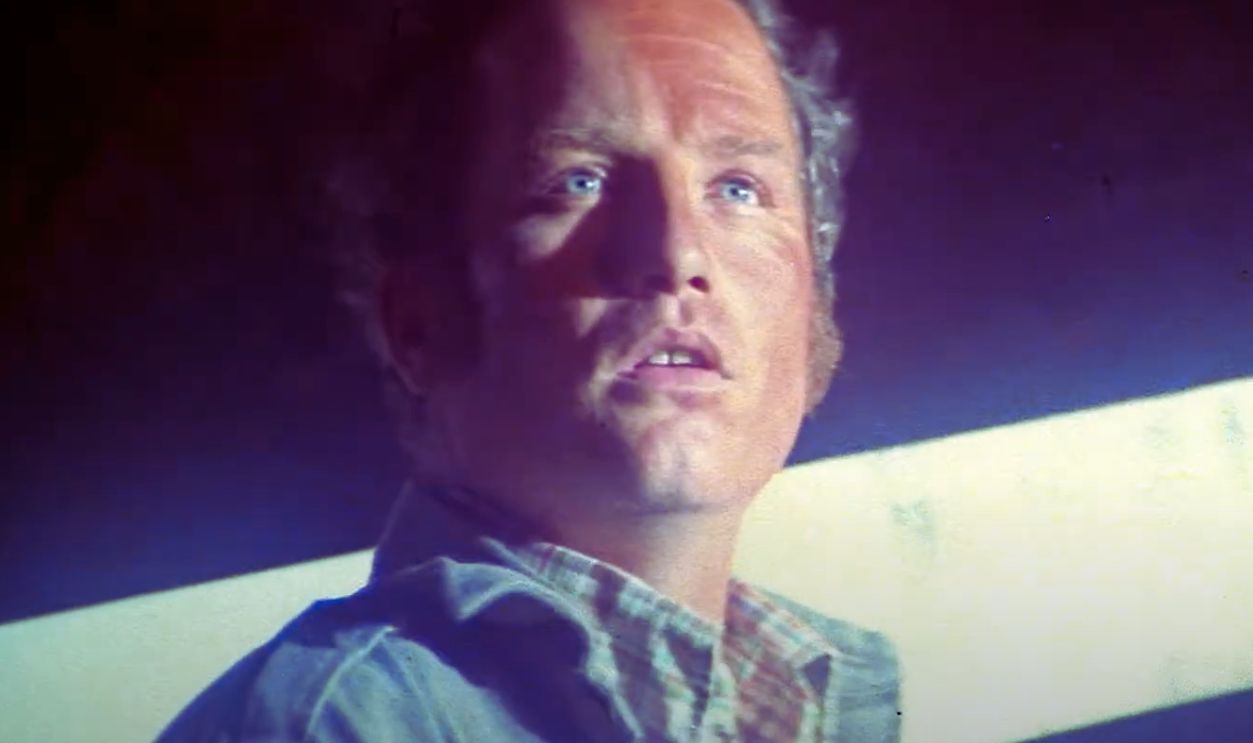 Columbia Pictures, Close Encounters of the Third Kind: Special Edition (1980)
Columbia Pictures, Close Encounters of the Third Kind: Special Edition (1980)
Metropolis: Restored Cut
Fritz Lang’s silent sci-fi classic was hacked apart for decades until archivists unearthed missing footage. The restored cut is longer, stranger, and even more dazzling in its futuristic ambition. Watching it today feels like stepping into the mind of a visionary who was light-years ahead of his time.
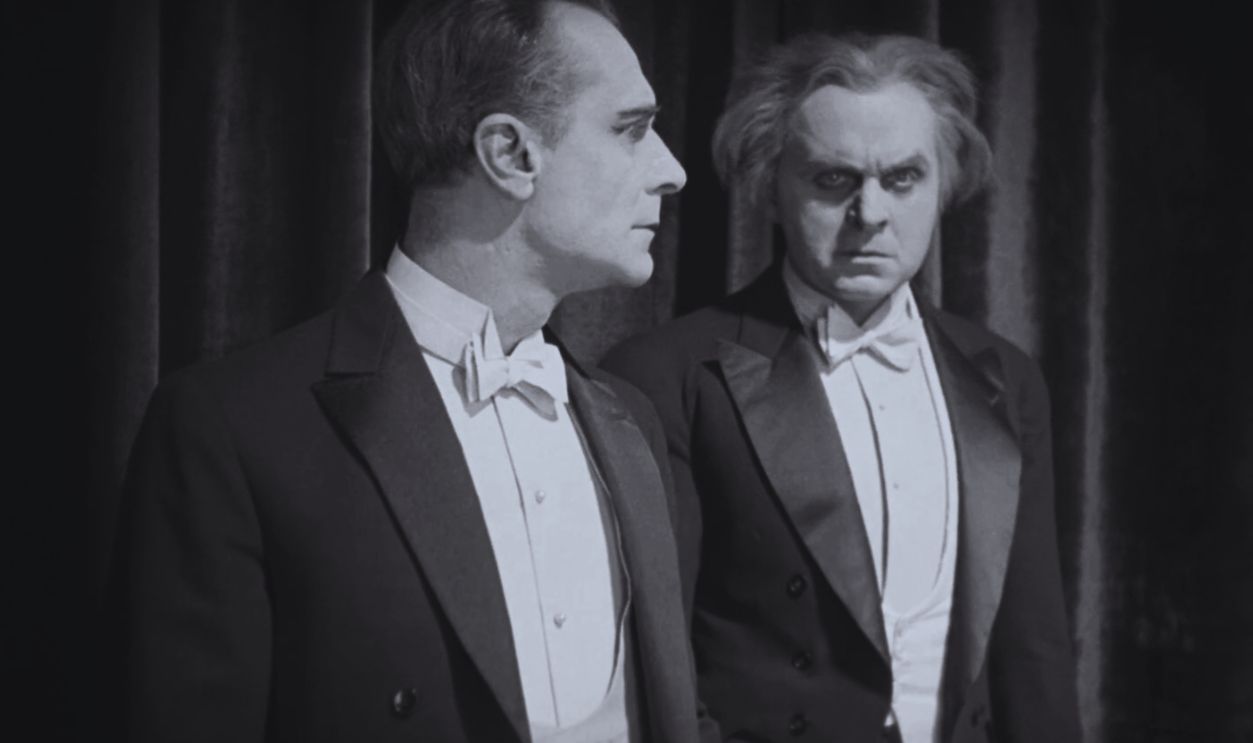 Kino Lorber, Metropolis: Restored Cut (2010)
Kino Lorber, Metropolis: Restored Cut (2010)
You May Also Like:
15 Times Movies Predicted Reality
The Best And Worst Bruce Campbell Films, According To Fans
The Best Dance Movies Ever Made
Source: 1

